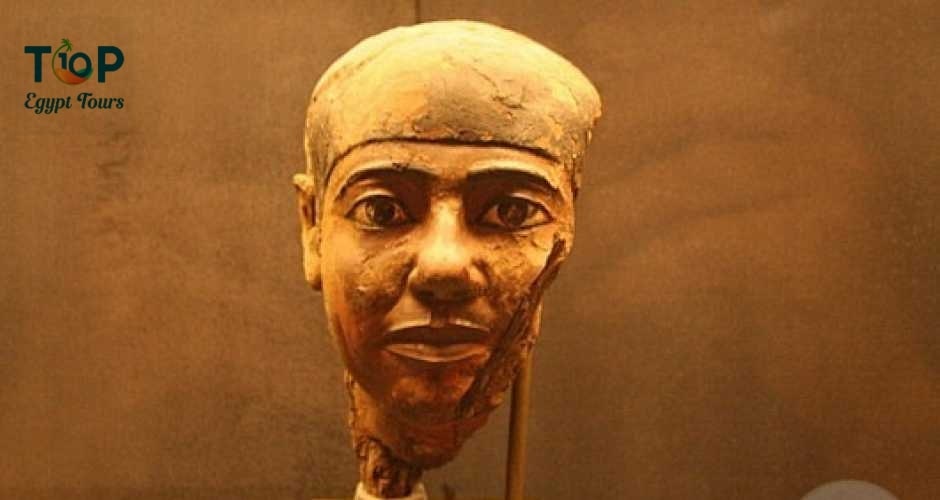Early Life and Background
A. Birthplace and Family Background
Birthplace: Imhotep is believed to have been born in the ancient Egyptian city of Memphis, a significant cultural and administrative center.
Family Background: While details about his family are scant, Imhotep likely belonged to a family with some standing, providing him with opportunities for education and advancement.
B. Education and Early Interests
Educational Opportunities: Imhotep’s early life likely included access to education, possibly through temple schools where he could have studied various disciplines.
bsolutely! Imhotep’s ascent to prominence within the Pharaoh’s court and his appointment as a chancellor and chief architect during the Third Dynasty of Egypt is an intriguing tale marked by exceptional talent, innovative thinking, and unwavering dedication.
Imhotep’s rise to prominence can be attributed to a multitude of factors, each contributing to his remarkable trajectory within the Pharaoh’s court. Notably, Imhotep’s unparalleled intellect and expertise in various fields such as architecture, medicine, and engineering distinguished him as an individual of extraordinary aptitude.
Imhotep’s journey to becoming the chancellor and chief architect during the Third Dynasty of Egypt was propelled by his instrumental role in the design and construction of the Step Pyramid of Djoser, a monumental architectural achievement that revolutionized ancient Egyptian construction techniques. His visionary approach and innovative architectural designs not only garnered him the favor of the Pharaoh but also solidified his reputation as a preeminent figure within the royal court.
Moreover, Imhotep’s profound understanding of statecraft and his strategic counsel to the Pharaoh further elevated his standing, earning him the esteemed position of chancellor. His keen insight, wisdom, and administrative acumen proved indispensable to the Pharaoh, cementing Imhotep’s pivotal role in shaping the governance and policies of the ancient Egyptian kingdom.
Imhotep’s unparalleled contributions to the realms of architecture, medicine, and governance exemplify his multifaceted genius and unwavering commitment to advancing the prosperity and grandeur of ancient Egypt. His legacy endures as a testament to the transformative impact of one individual whose brilliance transcended his time, leaving an indelible mark on the annals of history.
Imhotep is celebrated for his groundbreaking architectural projects, with the Step Pyramid of Djoser standing as a testament to his visionary genius and innovative construction techniques that revolutionized ancient Egyptian building practices.
The Step Pyramid of Djoser, located at the Saqqara necropolis, represents one of Imhotep’s most renowned architectural endeavors and remains a defining symbol of ancient Egyptian ingenuity. Commissioned by Pharaoh Djoser, this monumental structure heralded a paradigm shift in architectural design, marking the transition from mastaba tombs to the era of pyramid construction in Egypt.
Imhotep’s architectural prowess is vividly showcased in the Step Pyramid of Djoser, characterized by its distinctive stepped profile, which consisted of six mastabas stacked atop one another to form the towering pyramid. This pioneering architectural feat not only served as a grand funerary complex for Pharaoh Djoser but also symbolized the king’s ascent to the heavens in the afterlife, underscoring the pyramid’s profound religious and symbolic significance.
The Step Pyramid’s historical significance transcends its grandeur, as it represents a pivotal juncture in the evolution of ancient Egyptian architecture. Imhotep’s innovative construction techniques, including the use of carved stone blocks to create a more durable and imposing structure, set a new standard for monumental building projects, laying the foundation for future pyramid construction in Egypt.
Imhotep’s revolutionary architectural designs, as exemplified by the Step Pyramid of Djoser, introduced a new era of monumental construction characterized by intricate stone masonry, unprecedented architectural scale, and a meticulous attention to detail. His enduring legacy as a pioneer of ancient Egyptian architecture continues to reverberate through the ages, immortalizing his role as a trailblazer whose visionary creations indelibly shaped the architectural landscape of ancient Egypt.



Comment (0)